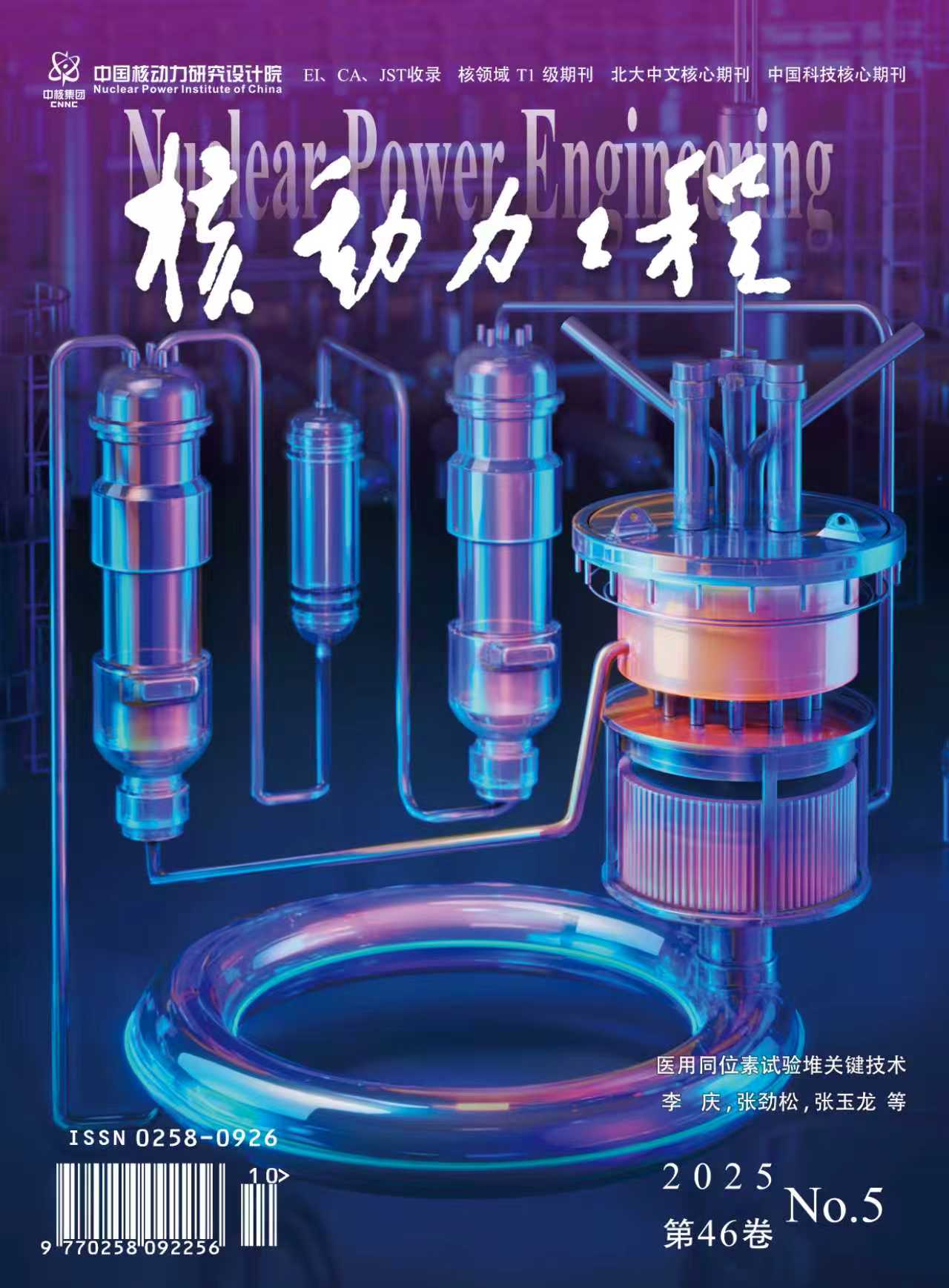2007 Vol. 28, No. 1
Display Method:
2007, 28(1): 1-4,8.
Abstract:
2007, 28(1): 5-8.
Abstract:
2007, 28(1): 9-12,17.
Abstract:
2007, 28(1): 13-17.
Abstract:
2007, 28(1): 18-21.
Abstract:
2007, 28(1): 22-25,31.
Abstract:
2007, 28(1): 26-31.
Abstract:
2007, 28(1): 32-35.
Abstract:
2007, 28(1): 36-40.
Abstract:
2007, 28(1): 41-44.
Abstract:
2007, 28(1): 45-48.
Abstract:
2007, 28(1): 49-52,86.
Abstract:
2007, 28(1): 53-57.
Abstract:
2007, 28(1): 58-62.
Abstract:
2007, 28(1): 63-67.
Abstract:
2007, 28(1): 68-71.
Abstract:
2007, 28(1): 72-77.
Abstract:
2007, 28(1): 78-82.
Abstract:
2007, 28(1): 83-86.
Abstract:
2007, 28(1): 87-89,104.
Abstract:
2007, 28(1): 90-93.
Abstract:
2007, 28(1): 94-98.
Abstract:
2007, 28(1): 99-104.
Abstract:
2007, 28(1): 105-109,114.
Abstract:
2007, 28(1): 110-114.
Abstract:
2007, 28(1): 115-119.
Abstract:
2007, 28(1): 120-123,134.
Abstract:
2007, 28(1): 124-127,134.
Abstract:
2007, 28(1): 128-130.
Abstract:
2007, 28(1): 131-134.
Abstract:



